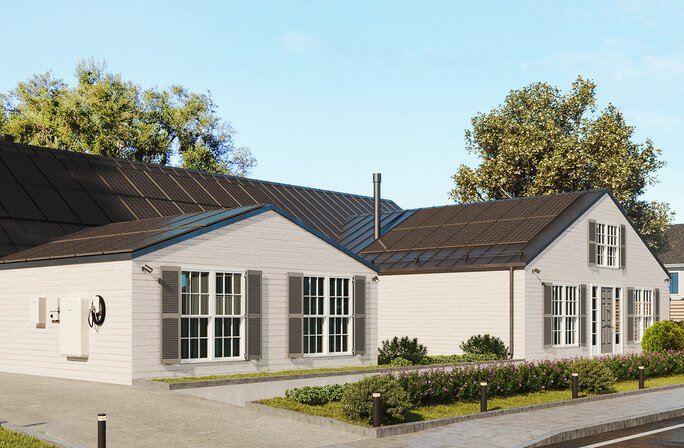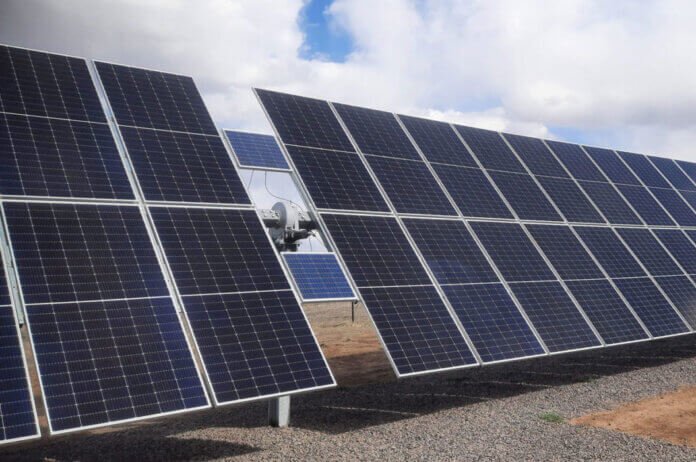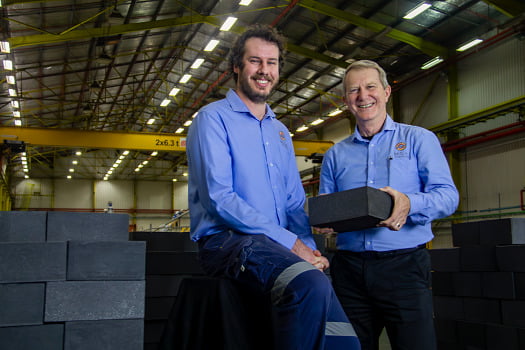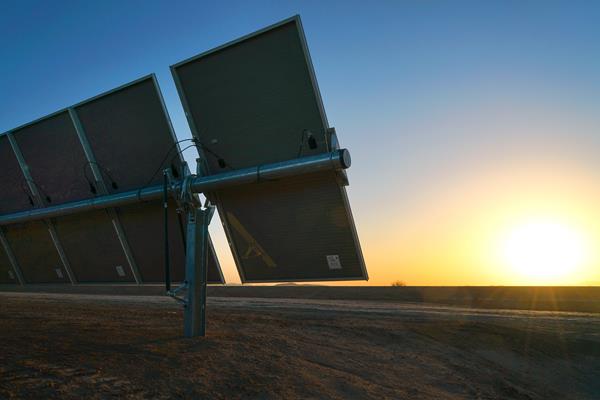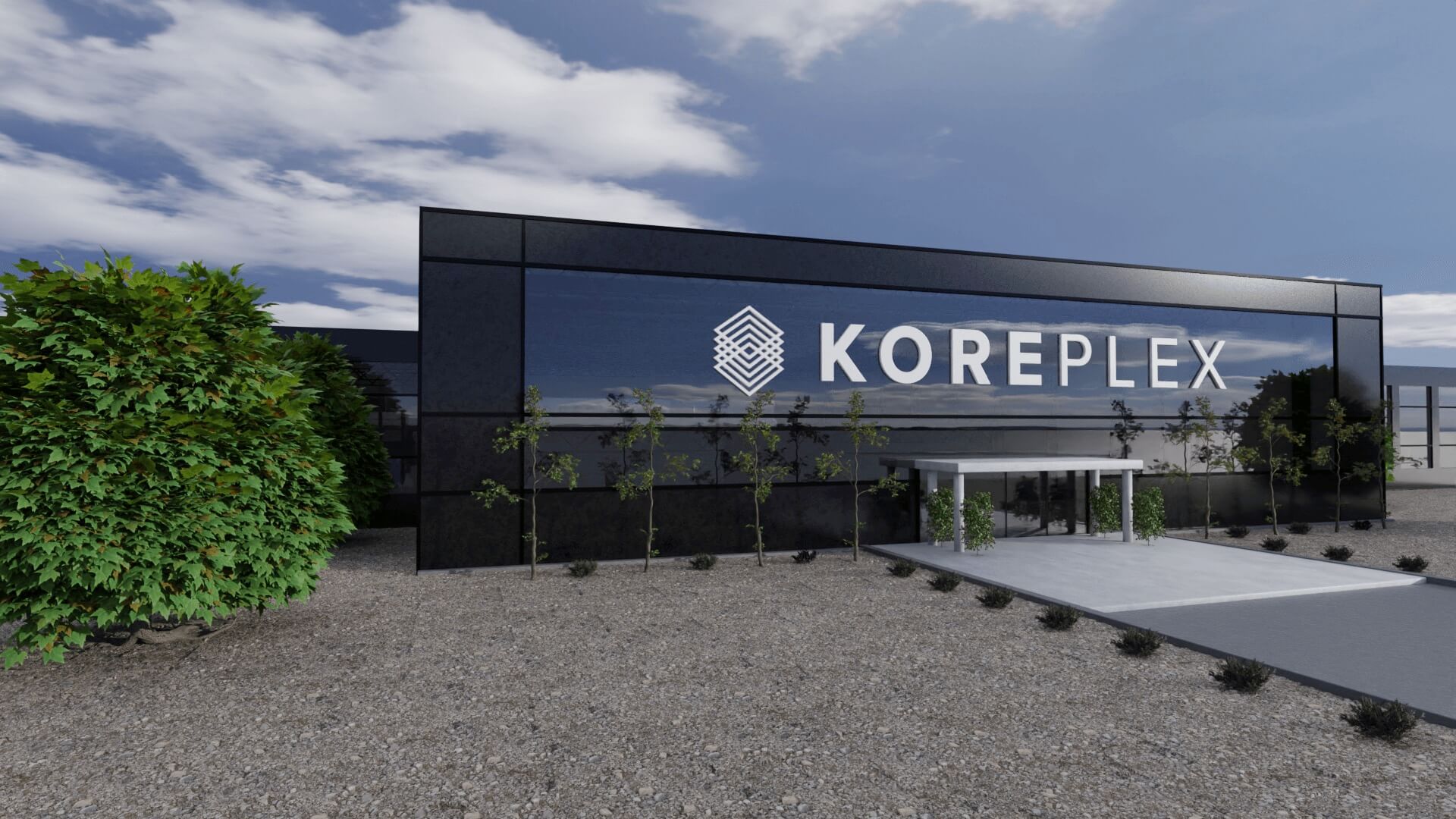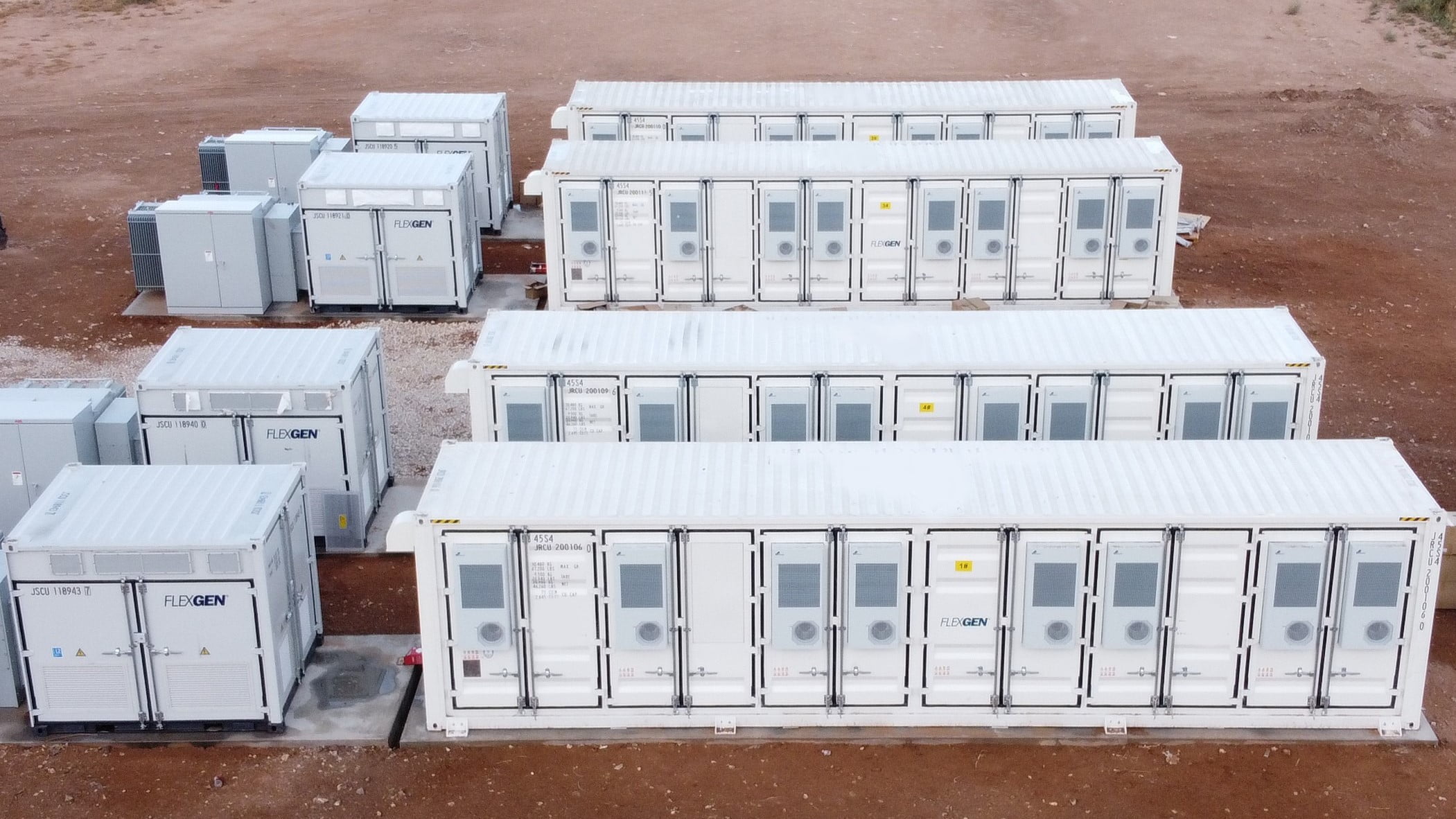Last week, MGA Thermal said it raised AU$8.5 million (US$5.54 million) from assorted VC investors, while Shell is one of the existing backers of the company.
Both companies make storage systems based on blocks of composite material that can be heated to very high temperatures – the synthetic pellets made of recycled material in Kraftblock’s storage tech can be heated to over 1,300°C (2,500 °F) – which can retain heat for later use.
This could be particularly suited for helping decarbonise heavy industrial processes that require high temperature or high quality heat and are considered hard to abate emissions from – a report prepared by McKinsey for the Long Duration Energy Storage Council (LDES Council) highlighted that nearly half of global emissions come from heat and cooling processes.
They could also be useful for storing the excess output of power generation from renewable energy sources for time shifting to later use. Kraftblock claims its material can store heat for two weeks.
While the funds raised are relatively modest, the companies, and the wider sector, may well take comfort from the development, especially given the recent demise of fellow thermal storage startup Azelio.
Yesterday, Energy-Storage.news reported that Nostromo, another thermal energy storage startup, has been invited into term sheet negotiations with the US Department of Energy (DOE) Loan Programs Office (LPO) for a loan guarantee worth up to US$176 million.
However, Nostromo is focused on a different area of thermal storage: cooling for commercial buildings via replacing roof-mounted chillers in air conditioning units with a patented ‘IceBrick’. Meanwhile, Azelio has a fairly complex technology for time shifting renewables based on storing heat in a recycled steel alloy, and then outputting it via a Stirling engine to generate electricity.
Which speaks to the nascency of the thermal storage market: various very different technologies with different applications and specific target markets are frequently grouped together, making it difficult for investors and customers to judge a technology or provider’s potential.
Stacking up value proposition of thermal blocks
Kraftblock CFO and co-founder Susanne König said the company was proud to have closed its funding round “at a time when there are very limited funding opportunities for start-ups”.
The company is currently building a large-scale commercial and industrial (C&I) project with PepsiCo and utility company Eneco in the Netherlands.
Friers at a PepsiCo factory making potato chips will be switched to run on electricity and stored heat, instead of gas. After decarbonising the frying units, the plan is to decarbonise the rest of the factory step-by-step.
The Kraftblock storage system is 9MW output, with 70MWh energy storage capacity, with plans to expand to 150MWh. The system is due for completion in December this year, with Eneco to operate it.
The startup is targeting industries including food, paper, ceramics and steel production, with Shell Ventures investment director Jermaine Saaltink saying its technology could be “pivotal” in the decarbonisation of hard to abate industrial sectors, by “unlocking a renewable electrification pathway and the increased use of waste heat”.
CEO Dr Martin Schichtel said Kraftblock chose a cohort of investors with roots in industries the technology provider wanted to target.
MGA Thermal on the other hand is at a slightly earlier stage in its journey to commercialisation. The Australia company is currently building its first demonstration project, a 500kW/5MWh showcase of its Miscibility Gap Alloy (MGA) technology from which the company gets its name.
The project, helped with funding from the Australian Renewable Energy Agency (ARENA), and Shell, will trial a variety of end-use applications, including providing dispatchable power, process heat and use in green hydrogen production.
Incidentally, both MGA Thermal and Kraftblock were shortlisted by ARENA in October last year for a 12-month feasibility study to replace fossil fuel generation at a power plant in South Australia.
Basically, the MGA Block the company makes contains two key materials: metal alloy particles that are dispersed into a matrix material. When the blocks are heated, the metal alloy particles melt and retain heat, kept in place by the matrix material. As the blocks cool with the system’s discharging, the particles become solid again.
Brenmiller Energy launches newest iteration of thermal tech
In somewhat related news, fellow thermal storage player Brenmiller Energy has just launched the latest iteration of its technology and signed an agreement with Indian solar power manufacturer Waaree.
Brenmiller has a solution, called bGen, which uses electricity from sources like wind and solar to heat up the storage material, in this case, rocks. They are heated to up to 750°C, and when discharging the heat can also create steam.
The company recently inaugurated what it claimed is the world’s first thermal storage gigafactory. From a site in Dimona, Israel, Brenmiller Energy will be making up to 4GWh of bGen modules annually.
Last year, as reported by Energy-Storage.news in November, Brenmiller and European utility Enel brought online a 24MWh thermal energy storage (TES) system in Tuscany, Italy, which will improve efficiency at a thermal power plant. The system reduces the generator’s start-up times and enables greater speed in handling variations in load.
This week, Brenmiller launched the new bGEN ZERO product, which it claimed has higher energy density and discharge power capability than its previous models, 99% charging efficiency and 97% power-to-heat cycle efficiency.
A few days prior, the company announced a Memorandum of Understanding (MoU) with PV module producer Waaree to potentially deploy its thermal storage in utility and industrial markets in India.
“In India, steam and other high-temperature processes for industrials are primarily powered by coal, accounting for roughly 25% of India’s carbon emissions. We are focused on helping large industrial corporations, including beverage, pharmaceutical, chemical, paper manufacturers, and more, to help them meet ambitious ESG goals,” Waaree chairman Hitech Doshi said.
This week, our colleagues at PV Tech reported that Waaree has just completed an equity fund raise worth around US$121 million, enabling it to add 6GW of annual ingot, wafer, cell and module production capacity to 12GW of existing lines.
Continue reading



